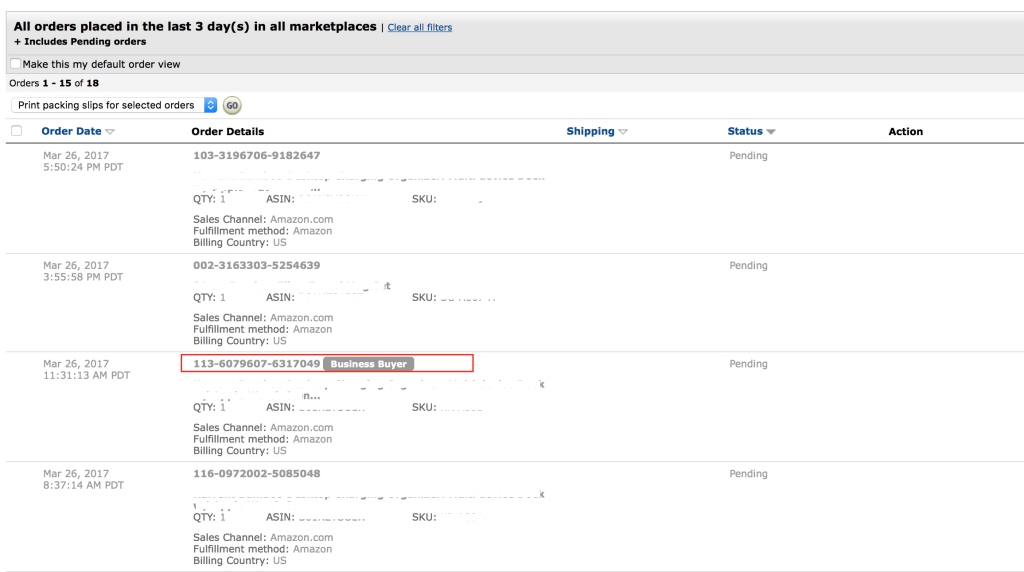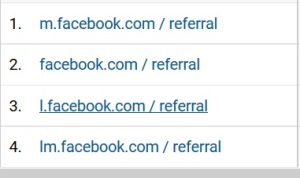If you’re selling on Amazon, chances are that you may see the label “Business Buyer” next to an order number. This can appear in your Orders tab or in your Sales Reports.

What does this label mean?
This label simply means that the buyer is registered with an “Amazon Business” Buyer account. From their end, this gives them access to extra features that aren’t included in normal Amazon accounts, including some extra flexibility, and analytics. Most importantly, business buyers have access to special pricing provided by sellers participating in the Amazon Business program.
What does this mean as a seller?
If you’re seeing multiple orders from Business Buyers, it’s a fair bet that you may benefit from being able to target this market with special pricing and several other advantageous features. If this is the case, you’ll need to apply as an “Amazon Business” Seller.
The business seller program has a higher bar for seller performance and asks that you be able to accommodate certain business purchasing needs (e.g. recognition of buyers’ tax status and provision of purchase orders).
However, the benefit of being able to offer lower prices to a higher tier of purchasers may well be worth the small hassle of application and qualification.
Registration and Qualification
To register as a business seller follow the below link (Note: Seller Central Accounts Only):
https://sellercentral.amazon.com/business/b2bregistration
The below Seller Central Link answers FAQ and includes the basic requirements for approval into the business seller program. As it requires logging in to Seller Central, the basic requirements are pasted below as well.
https://sellercentral.amazon.com/gp/help/201750810
In Amazon’s own words:
Who is eligible for the Amazon Business Seller program?
Sellers who have the capability to fulfill the following requirements of business customers.
- High bar for performance.
Selling on Amazon Amazon Business Seller program - An Order-Defect Rate (ODR) of 1% or less.
- Pre-shipment Cancellation Rate of 2.5% or less.
- Late Shipment Rate of 4% or less.
- An Order-Defect Rate (ODR) of 0.5% or less.
- Pre-shipment Cancellation Rate of less than 1%.
- Late Shipment Rate of less than 1%.
- Few chargebacks, A-to-z Guarantee claims, and negative feedback.
- If the seller participates in Amazon’s tax calculation services, the seller must honor the customer’s tax exemption through the Amazon Tax Exemption Program.
- There must be a tracking number on every business order package.
- There must be a packing slip with every business order package.
- There must be a purchase order number with every business order package.
Have any questions or feedback about this post or the Amazon Business program? Let us know below!



